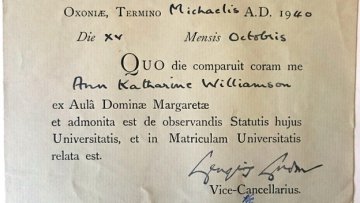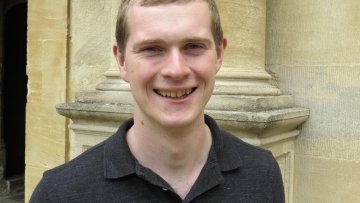Cuntz semigroups
Part of the UK virtual operator algebras seminar: https://sites.google.com/view/uk-operator-algebras-seminar/home
Abstract
The Cuntz semigroup is a geometric refinement of K-theory that plays an important role in the structure theory of C*-algebras. It is defined analogously to the Murray-von Neumann semigroup by using equivalence classes of positive elements instead of projections.
Starting with the definition of the Cuntz semigroup of a C*-algebra, we will look at some of its classical applications. I will then talk about the recent breakthroughs in the structure theory of Cuntz semigroups and some of the consequences.






